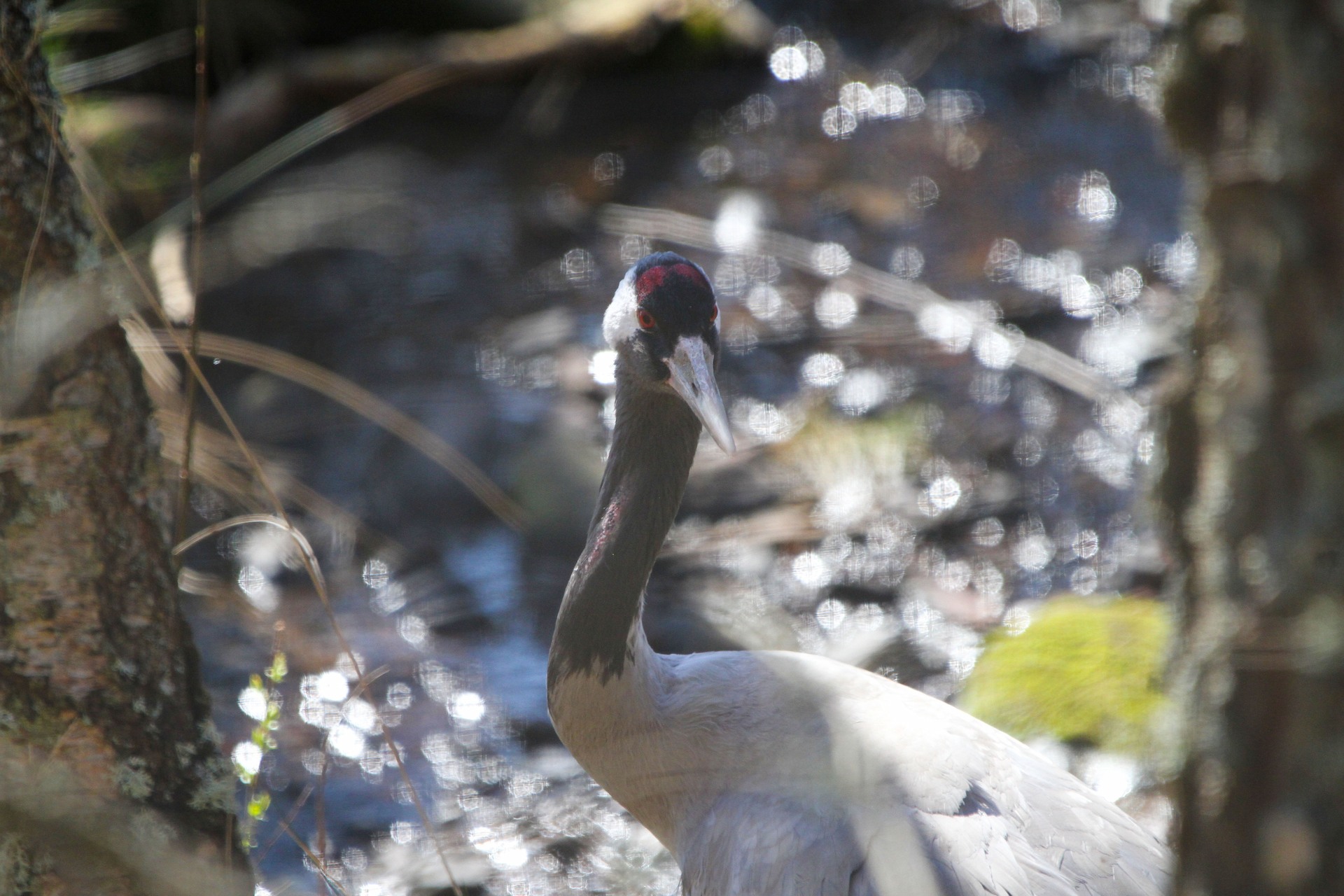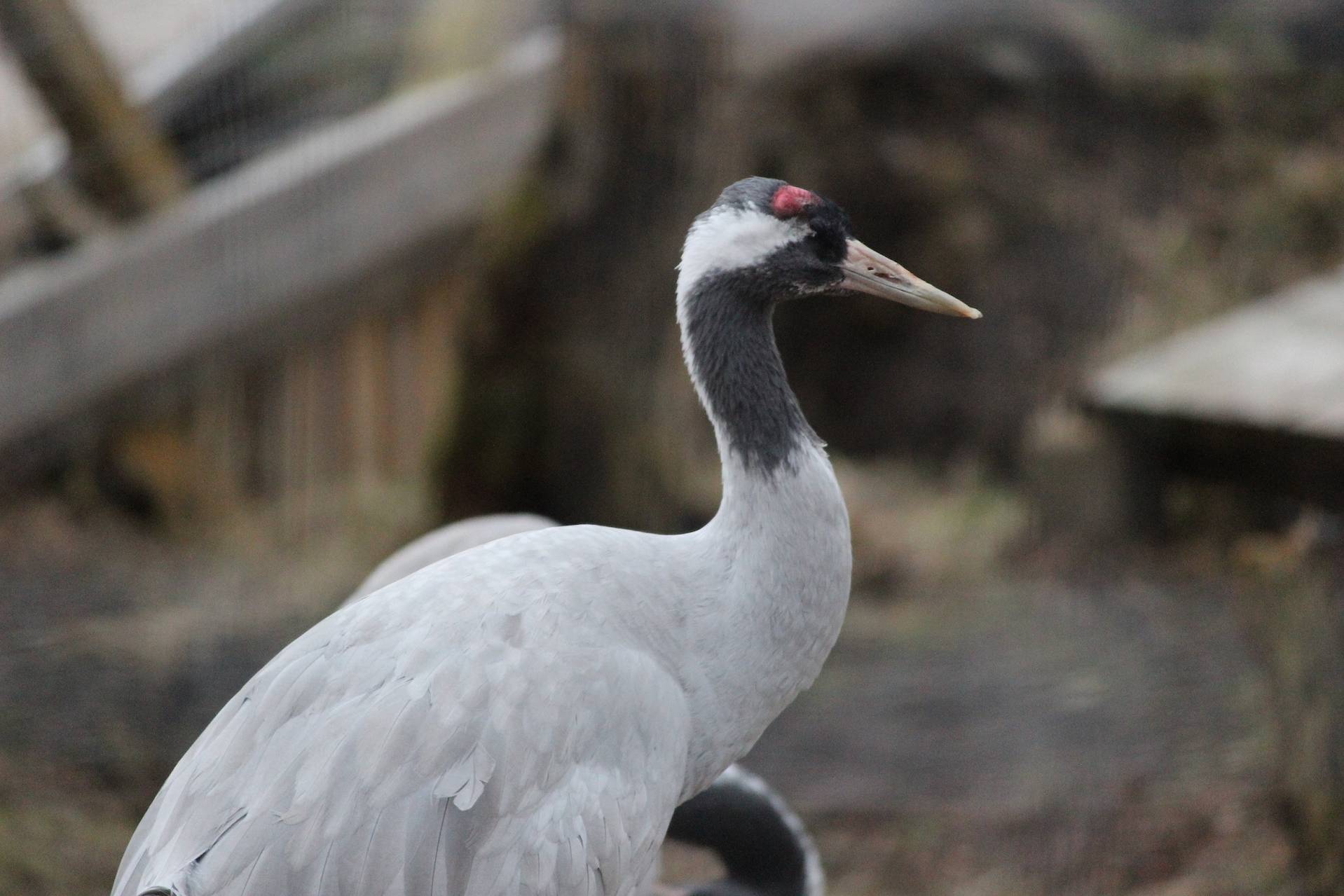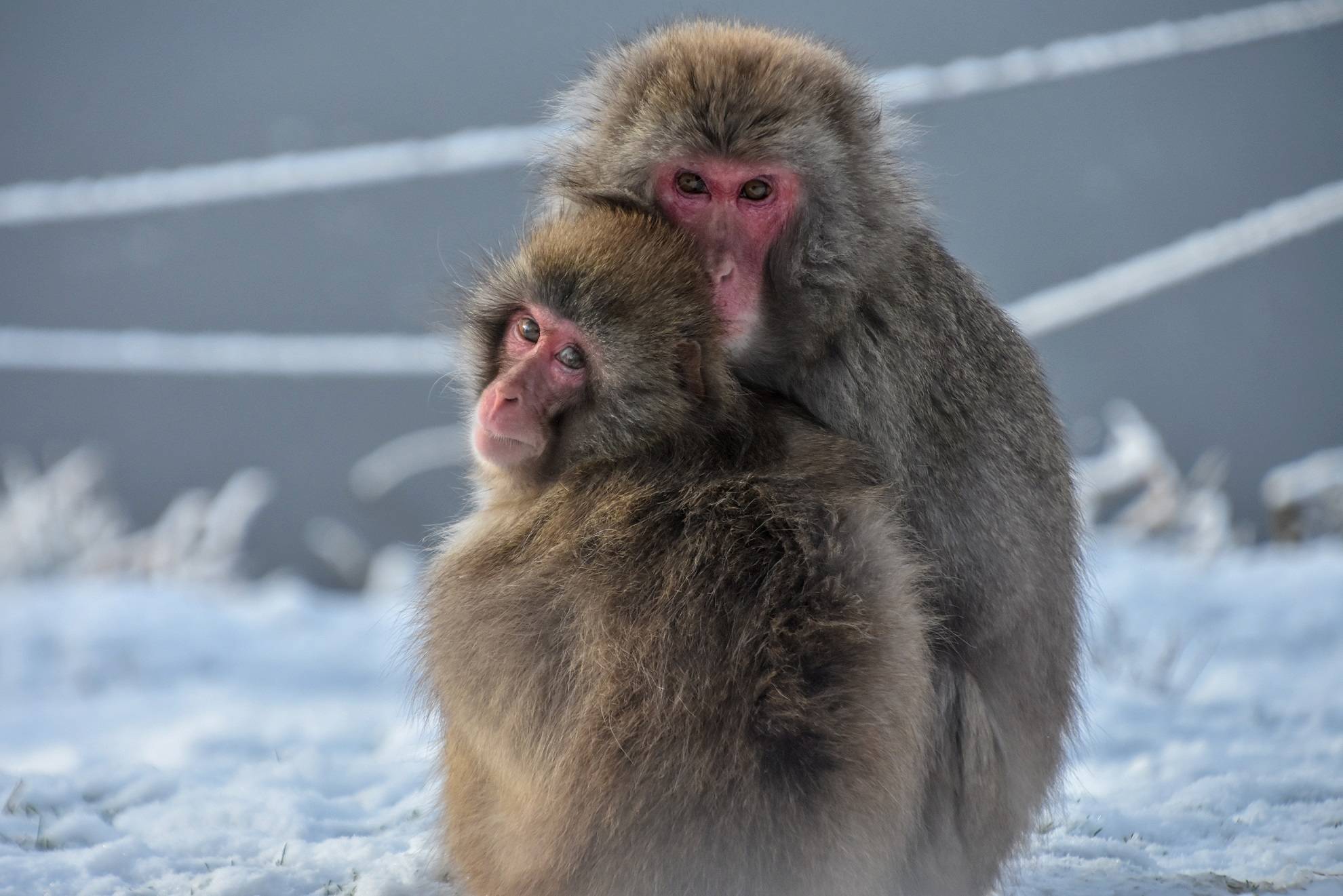Eurasian crane
Grus grus

We are home to two Eurasian (or common) cranes. A male, Hugh, and a female, Leela. These cranes inhabit a wide range across Eurasia.
They are large birds which can grow to more than a metre in height, with a wingspan of around two metres. With a slate-grey plumage and red crown, they engage in elegant dances. These dances involved a variety of bow, bobs and leaps. This behaviour is most often seen during courtship.
They breed in wetlands, bogs and marshes, migrate to southern Europe, North Africa and Asia for the winter.
The common crane is no longer found in many parts of its former range due to habitat loss. Populations have started to return to former breeding grounds. This is thanks to the protection and restoration of suitable wetland habitats.
Population
Increasing
Diet
Insectivore
Habitat
Rivers and wetlands
Fact file
While the dancing behaviour is used for courtship, young cranes will dance for fun
Eurasian cranes prefer wetland habitats, such as marshes, bogs, and floodplains, for breeding and nesting
Their distinct and trumpeting calls can be heard over long distances, serving as a form of communication
In some cultures, the arrival of cranes is seen as a sign of spring and good fortune

How we're helping
Like all the animals in our care our cranes are amazing ambassadors for their relatives in the wild and help hundreds of thousands of people connect with nature every year. They encourage visitors to learn about the threats facing wildlife and the action they can take to help create a world where nature is protected, valued and loved.
As a wildlife conservation charity, we care for the animals here at the zoo and work to protect species at risk around the world. From providing expertise in genetics and veterinary health, to protecting wild places with local conservation partners, and even restoring threatened species to the wild, we are active where we are needed most.
Find out more about RZSS conservation
